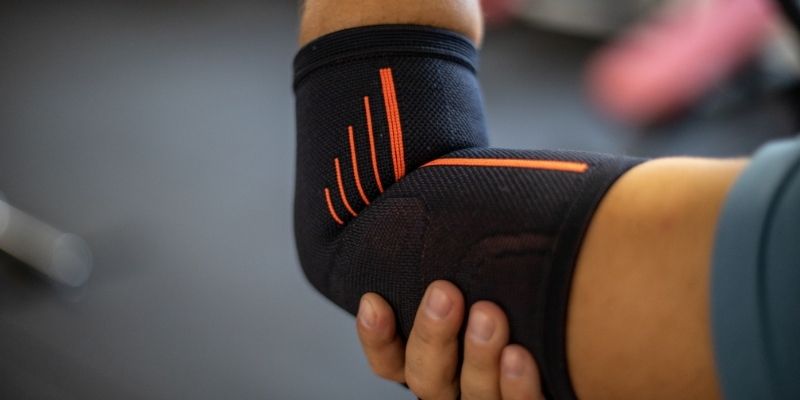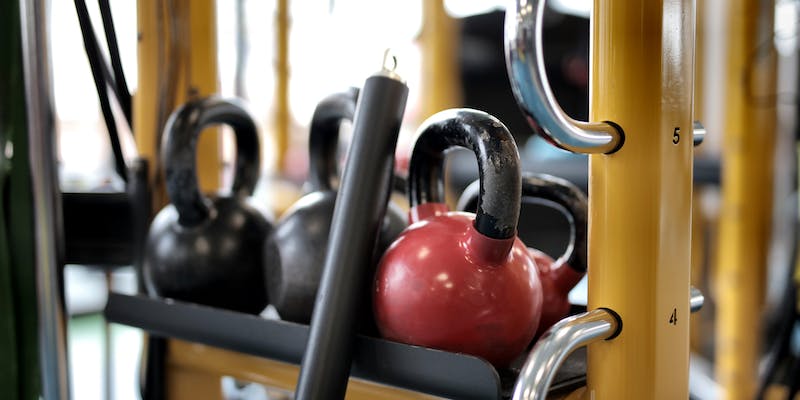Core strength is built by abdominal balance, one of the most essential fitness and injury prevention exercises. This therapy stabilizes the spine and hips using the rectus abdominis, obliques, and transverse abdominis. An abdominal guard provides a sturdy platform for numerous physical actions, from hefty lifts to routine motions. This boosts strength and athletic performance and dramatically reduces lower back pain. Master this strategy to develop a solid core.

What is the meaning of abdominal bracing?
Abdominal bracing is when you intentionally use your abdominal muscles to strengthen and stabilize your core. This approach supports the spine and internal organs using many muscle groups instead of merely pushing the stomach in. It helps with strength training, rehabilitation, and core stability duties. It aids balance and control when moving.
Supporting the spine and hips is the primary goal of abdominal bracing. This reduces injury risk by slowing the body. This approach provides a sturdy platform for numerous physical activities by pressing on the abdomen. This helps your body employ its strength and maintain its alignment. Stabilization improves performance and protects the lower back during intense labor.
Supportive abdominal muscles
An abdominal brace engages many key muscle groups to stabilize the core and support movement.
- Rectus abdominis, or "six-pack" muscle, runs across the belly. This portion bends the spine and provides support force.
- Transverse abdominis: The thickest abdominal muscle layer. Like a belt, it covers the midsection. It stabilizes the spine and presses the abdomen while hauling heavy objects or moving swiftly.
- The abdominal obliques stabilize the spine, allowing it to rotate and flex laterally. Brace your abs to work the internal and external obliques. This keeps your back upright and prevents unwanted movement.
- Erector Spinae: The lower back erector spinae interacts with the core muscles to stabilize the spine. These muscles limit spine flexion and extension during specific actions.
- Pelvic Floor Muscles: These muscles support the lower abdomen and help the transverse abdominis maintain abdominal pressure. You must develop these muscles to stabilize your core.

Abdominal Bracing Benefits
- Using a belly brace in everyday workouts may improve performance and prevent injuries.
- Abdominal bracing stabilizes the spine and hips and reduces injury risk during exercise by stiffening the core. This stability is crucial for lifting, rotating, and bending.
- An abdominal brace uses core muscles to maintain balance during exercise and daily living. This stance helps maintain an upright posture and reduces spine tension.
- Strength and power in other body parts begin with a strong core. A supported core helps your body move energy and increases weightlifting and speed.
- An unstable core and improper movement typically cause lower back discomfort. Abdominal strengthening supports the lower back and reduces damage and pain.
- Therapy programs employ abdominal support to repair and prevent injuries. It teaches proper movement and emphasizes core stability to guard weak places.
Complete Abdominal Bracing Exercise Guide
Belly braces must be used effectively to establish a strong core. This practice boosts physical abilities and supports the spine while doing various jobs. Detailed instructions for improving belly strengthening exercises:
Locating Your Neutral Spine
Stand or sit on your back in a supported, comfortable position. Find your neutral spine, the natural lower back curvature. This is step one. To test your lower back, softly move your hips forward and backward. This position requires a little bend in the lower back. Your spine is normal. This posture prevents back strain and ensures brace function.
Use your core.
Once your back is straight, work your core. Imagine preparing for a gut punch. Tighten your abdominal muscles outward instead of pushing your belly button in. This muscular wall will protect your body. This tightening should be robust and even to engage all core muscles. These include the transverse, obliques, and rectus abdominis. Avoid "sucking in" your stomach, which reduces brace effectiveness.
Breathe normally.
Keeping regular breathing is most strenuous with a belly brace. Maintain a tight core and easy breathing. This is crucial since halting your breath raises abdominal pressure, making you less steady and effective. Maintaining this brace while taking deep breaths can strengthen your core.
Wear the brace.
After learning to brace your core and breathe appropriately, keep it up while completing exercises. Supporting your core when completing strength exercises like squats and deadlifts or daily tasks like lifting heavy objects or standing for lengthy periods can safeguard your back. Maintain a stable posture and manage your actions to balance tension and ease.
Maintain your practice.
Be constant to improve belly balance. Over time, regular practice will strengthen your core, posture, and stability. Start with laying down bracing and progress to pushups and weighted pulls. As your core strength and muscle memory improve, the brace will be more straightforward to wear when moving and motionless.
By carefully following these techniques, you may add abdominal bracing to your training program to strengthen your core.
Why do abdominal muscles cease operating correctly?
Abdominal muscles may weaken or malfunction for several reasons, affecting core stability. These may cause this:
- Lack of exercise may cause muscle loss and core weakness. Long-term sitting impairs stomach muscles and balance.
- Poor technique or core engagement during exercises might limit abdominal muscular development. It may modify muscles and reduce core flexibility.
- Your core muscles might weaken after lower back or abdominal surgery or injury. Belly support therapy is typically essential to regain full strength and function.
- Pregnant women extend their abdomens to accommodate the baby. These muscles may weaken or separate after delivery. This is diastasis recti. Working out with an abdominal brace might boost your strength.
- Long-term anxiety and poor breathing might weaken stomach muscles. Stressed people breathe shallowly, making it more challenging for their core muscles to operate throughout daily tasks.
Unsafe abdominal bracing methods:
Doing belly strengthening improperly might damage you and negate its advantages. Some unsafe methods:
- Bracing while holding your breath may increase abdominal pressure, raise blood pressure, and decrease oxygen flow. Maintain regular breathing while tightening your core.
- When you arch your lower back, you stress your lumbar spine, making the brace less effective. Keep your lower back flat while practicing.
- You're not activating your core muscles if you draw your stomach to seem flat. Instead, tense your center muscles to create a shield.
- Core exercises are helpful, but too much tension may create unnecessary discomfort and fatigue. For appropriate breathing and movement, aim for firm but not tight contact.
- Focussing exclusively on the rectus abdominis and disregarding the transverse and obliques might damage your core and stability. Include core motions in your workout for power.
Conclusion:
Abdominal strengthening is crucial to core stability. Understanding the muscles utilized, their advantages, and proper technique may enhance your balance strength and prevent injuries. However, avoid frequent blunders and unsafe approaches that might reduce advantages and harm you. Using abdominal braces in your everyday workout regimen helps improve core strength, stability, and health over time. Regular practice and form attention will help you establish a strong core.







